Mathematics
See the world through numbers
We offer private individual lessons for children in Kindergarten through Grade 6
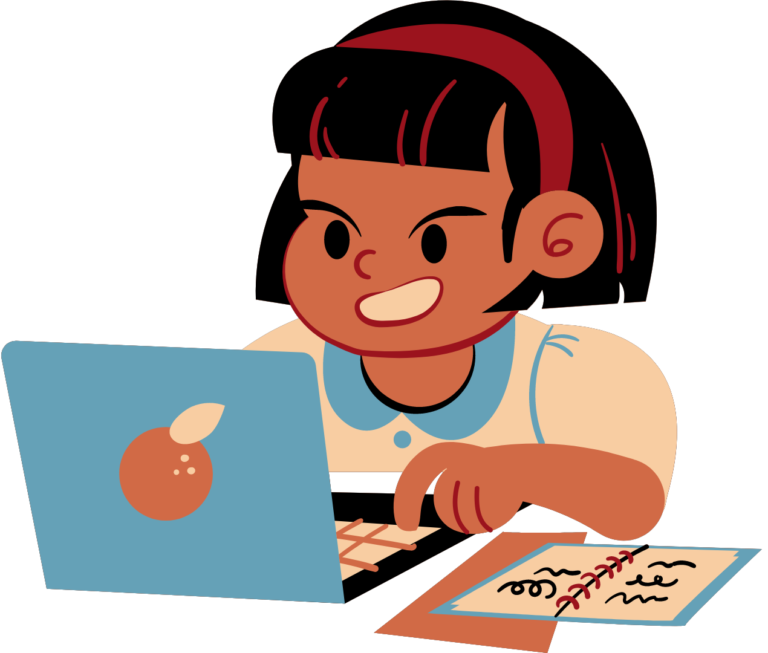
Take lessons online using the latest edtech platforms

Or in person, at our location or yours
More than computation

During their elementary years, students rapidly develop computational fluency in addition, subtraction, multiplication, and division. However, math is so much more than that.
We cultivate a problem solving approach in students, letting them use math as a tool to make sense of and analyze the world around them.
A Problem-Solving Example
Let's say I give you the task to design a zoo. Some kids would just draw some cute pictures and call it a day. But not us—our students are aspiring mathematicians, and people are counting on us to provide detailed information in order to build it.
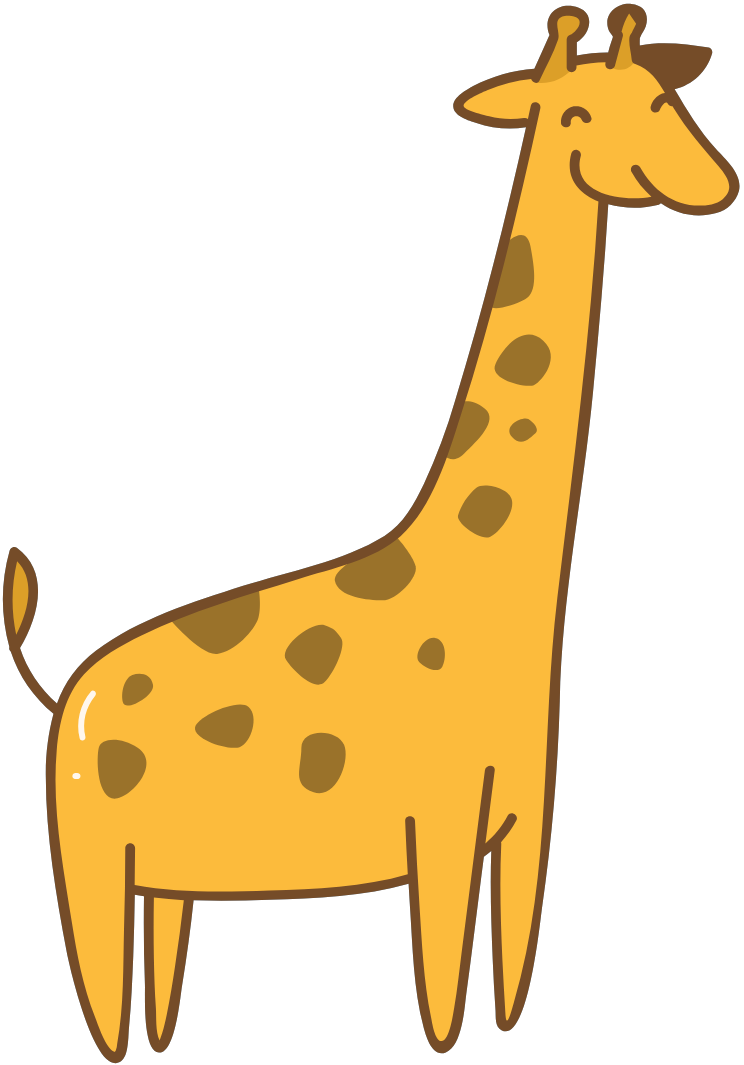 So we're going to need to know the parameters of our task, like how much space we have to work with, or what our budget looks like. We'll also have to decide how much space to allocate to each animal and design an enclosure with the right shape and size. This will definitely require us to weigh different factors, such as cost vs visitor enjoyment. Finally, we have to draft a cost proposal based on the square footage of the enclosures and the walkways.
So we're going to need to know the parameters of our task, like how much space we have to work with, or what our budget looks like. We'll also have to decide how much space to allocate to each animal and design an enclosure with the right shape and size. This will definitely require us to weigh different factors, such as cost vs visitor enjoyment. Finally, we have to draft a cost proposal based on the square footage of the enclosures and the walkways.
Whew, that's a lot of work, but in the end we have an actionable design for a zoo!
Now, on to the cute pictures!
What do lessons look like?
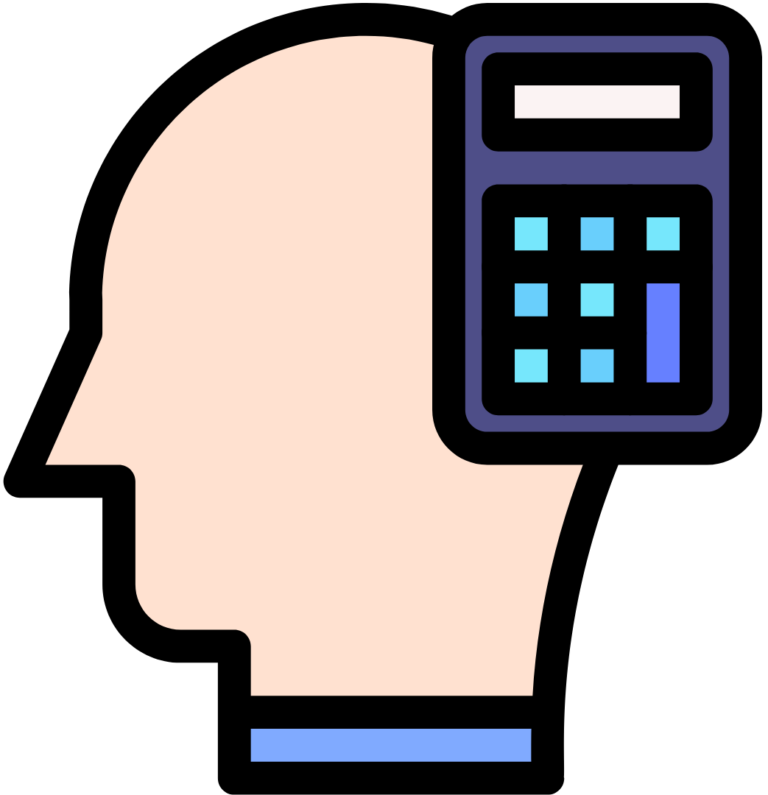
Strategies for Computational Fluency
Learn and evaluate strategies that build number sense and set the foundation for higher math
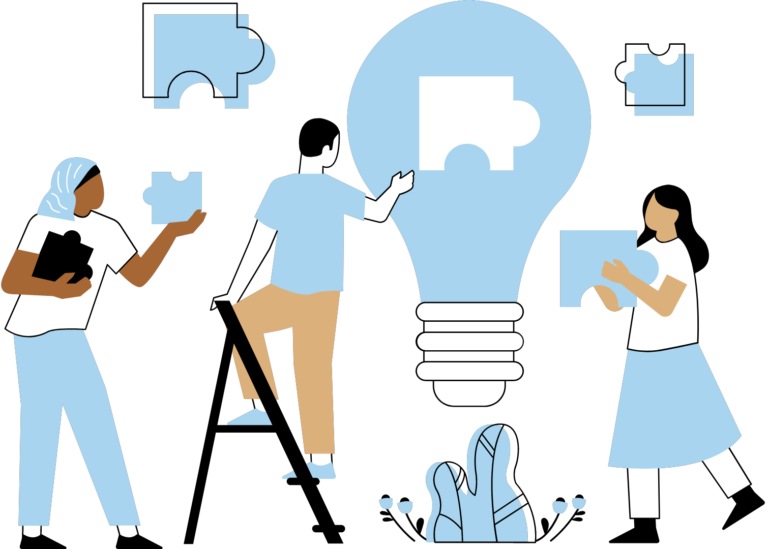
Real-World Problems
Ask questions, decide on what's important, and break things down into steps that can be solved mathematically
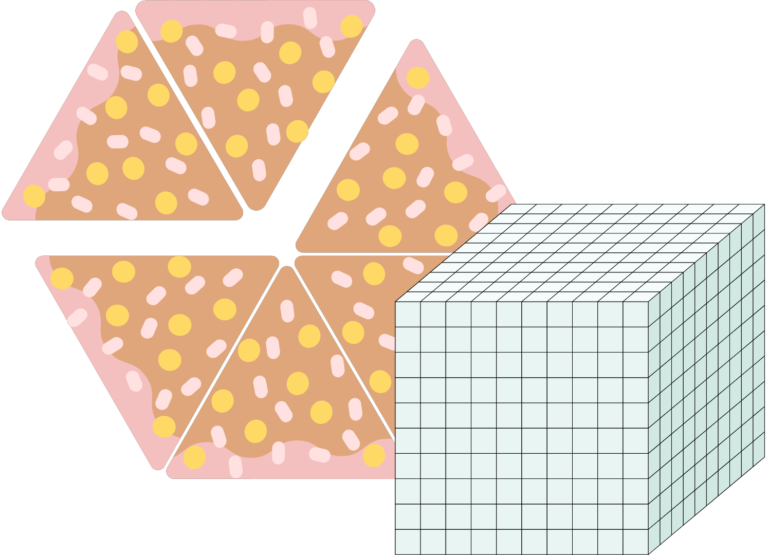
Hands-on Activities
Understand decimals, fractions, volume, and many other concepts with manipulatives (or virtual manipulatives!) that build concrete understanding
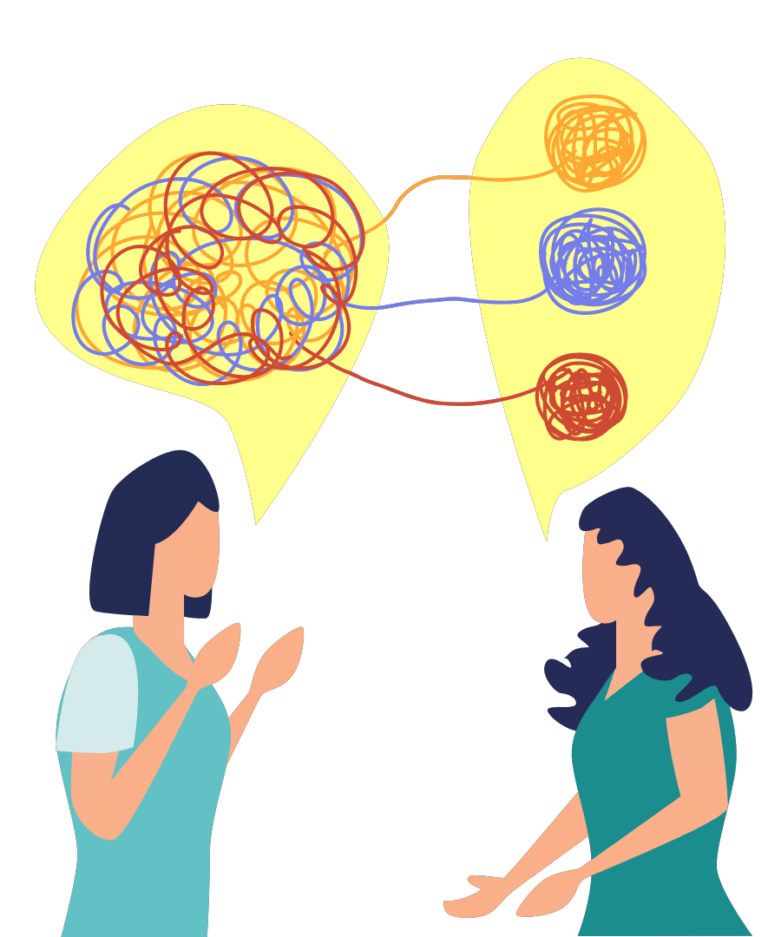
Math and Language
Use precise language to express your thoughts and ideas in order to consolidate understanding and allow others to follow your thinking
What is my child learning in school?
Use the tabs below to see a summary of the common core standards for math by grade level. Schools and teachers use these standards to decide what to teach. Our lessons support and extend the learning that goes on in the classroom, giving every student the chance to apply their learning in new ways.
In grade K, students focus on quantifying, counting, and comparing sets of objects. They are taught the meaning of addition and subtraction in the context of adding to or taking away from sets of 1 to about 12 objects. Students attend to place value with two-digit numbers. They also learn about 2D and 3D shapes and describe and compare measurable attributes of objects and shapes.
In grade 1, students work with addition and subtraction equations involving numbers within 20. They extend work with counting, such as starting from arbitrary numbers and counting by multiples of 10, and relate place value to the addition of two-digit numbers within 100. Students also measure lengths, tell time, represent data, and reason with the attributes of simple shapes.
In grade 2, students add and subtract two-digit numbers within 100. They also use models of place value to add and subtract within 1000. Students work with equal groups as a foundation for multiplication. Students start to use equations to solve problems involving measurements, and they continue to relate time and money to mathematical concepts.
In grade 3, students add and subtract three-digit numbers within 1000, and multiply and divide within 100. Students learn the relationship between multiplication and division, along with place value strategies for multi-digit arithmetic. Students begin to learn about fractions in this grade, particularly building models of fractions and making simple comparisons. They also solve measurement problems with length, volume, and mass, as well as perimeter and area.
In grade 4, students solve problems with all four basic operations, while also generating and analyzing patterns in algorithmic rules. Students work with factors and multiples, and extend their experience in analyzing place value to multiplication and division. Students add and subtract fractions and mixed numbers with like denominators, and compare fractions with both unlike numerators and unlike denominators. Students also learn about unit conversions as well as the measurement of angles.
In grade 5, students continue to analyze patterns and relationships using numerical expressions. Their understanding of place value is extended to decimals to hundredths. Students add and subtract fractions with unlike denominators by generating equivalent fractions, and learn to multiply and divide fractions. Students work with more kinds of unit conversions, and focus on concepts of volume and relating volume to multiplication. Students also start to graph data on a coordinate plane in this grade.
In grade 6, students are expected to compute fluently with multi-digit numbers, find common factors and multiples, and solve problems involving ratios and rates. Students understand and start to work with negative numbers. Students generate and interpret algebraic expressions, i.e., expressions involving variables, and learn and apply formulas. Students also solve problems involving area, surface area, and volume, and are introduced to concepts in statistics such as the distribution and variation of a set of data.
